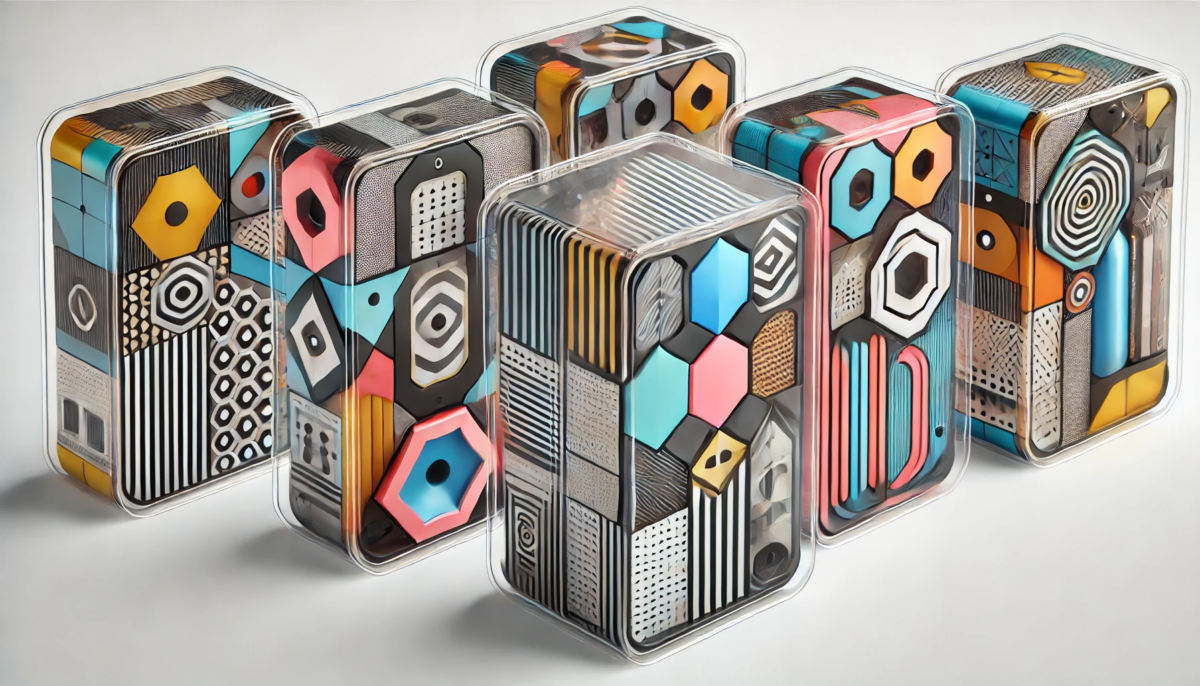Visual Volumes: Insights into Packaging Shape

Packaging shape plays a critical role in perceived volume, influencing consumer behavior and purchase decisions. Designers can create packaging that appear larger and more appealing.
Understanding how packaging shape influences perceived volume is crucial for marketers and designers. Consumers often rely on visual cues to estimate the size of packaged goods. The distinction between actual and apparent size significantly impacts purchasing decisions. Therefore, this study investigates how different packaging shapes affect perceived volume and offers valuable insights for its design.
You can also read: How to Measure Headspace in Packaging
Packaging Shape and Perceived Volume
The research identified that packaging shapes can be categorized into four distinct types: cylinders, kegs, bottles, and spatulates. Simple geometric shapes, such as cylinders, appear larger to consumers compared to complex shapes like bottles. This finding underscores the importance of shape simplicity in creating the illusion of larger volume. Designers can leverage this knowledge to make products appear more substantial without increasing actual size.
Complex Shapes Appear Smaller
Complex shapes, on the other hand, tend to appear smaller than simpler shapes of the same size. When estimating the volume of complex forms, consumers focus primarily on the body of the package. For compound shapes, which include distinct parts like necks, shoulders, and feet, the body significantly influences volume perception. This insight highlights the need for designers to emphasize the body of the package when aiming for a larger perceived volume.
The study’s findings have several implications for package design and marketing strategies. Designers can manipulate package shapes to create the illusion of larger or smaller volumes, which can influence consumer choices. For instance, tall, simple forms tend to make packages appear larger, whereas short, square, and complex forms appear smaller. This knowledge allows marketers to design packages that meet specific promotional goals.
Balancing Uniqueness and Size
There is a trade-off between creating unique, complex shapes for brand identity and reducing the perceived size of packaging. Consequently, marketers need to balance these factors to optimize packaging for consumer appeal and functionality. Emphasizing the body of the package while keeping the overall design simple can enhance size perception without compromising brand identity.
Additional Elements
Future research should explore other container shapes not represented in current standard packaging. Additionally, investigating the interaction effects between packaging shape and other visual elements, such as color and value, on size perception could provide further insights. Understanding these dynamics will help marketers and designers create more effective strategies.
